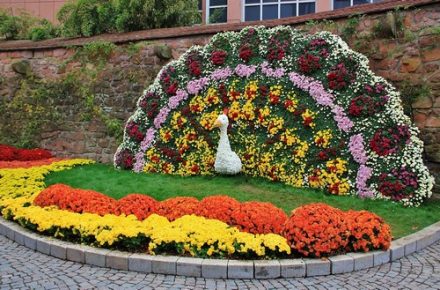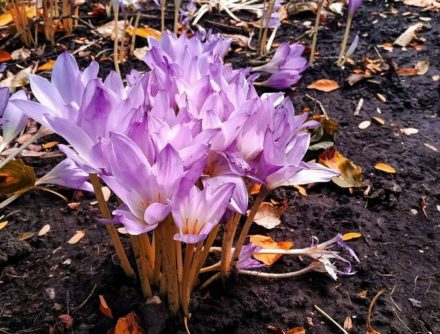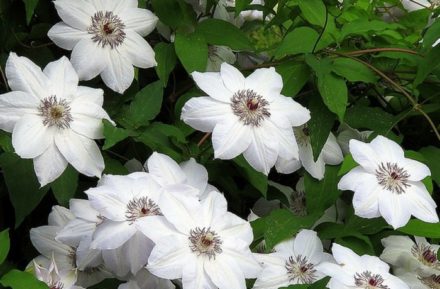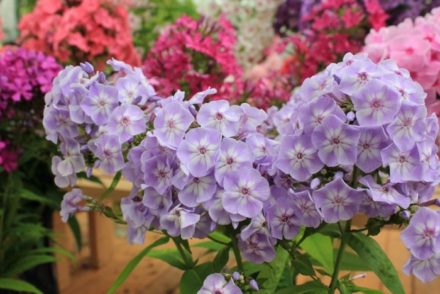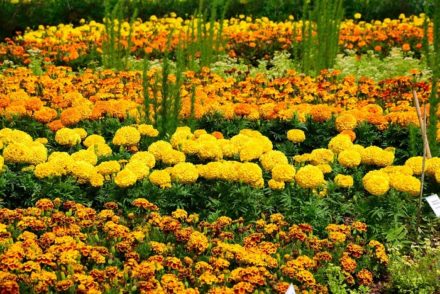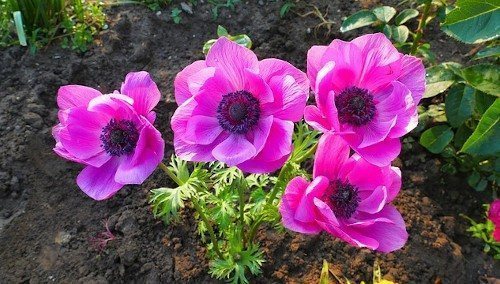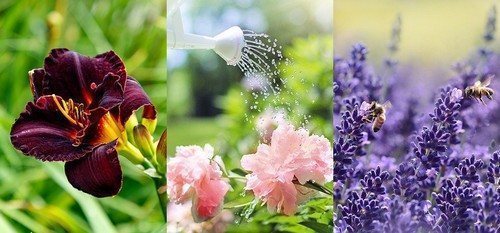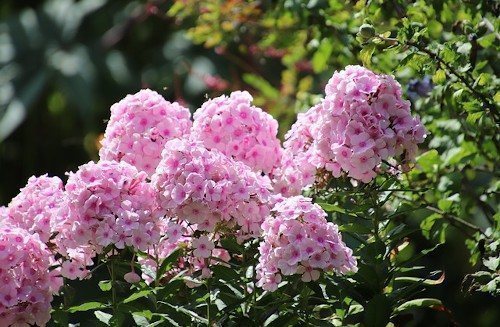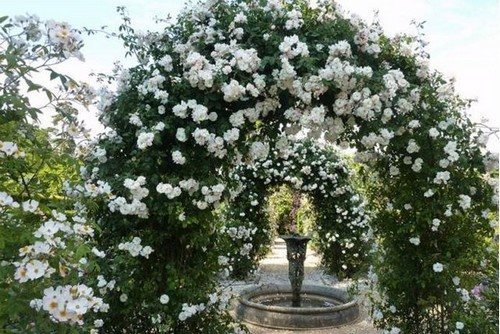Low-growing flowers play a special role in landscape design - they are suitable for creating flower beds (flower beds with strict outlines), as well as borders, can be effectively present in tiered compositions (including on rocky hills) and fill the free space under trees. Each season, individual low-growing flowers are especially loved by gardeners - because they bloom all summer and are unpretentious.
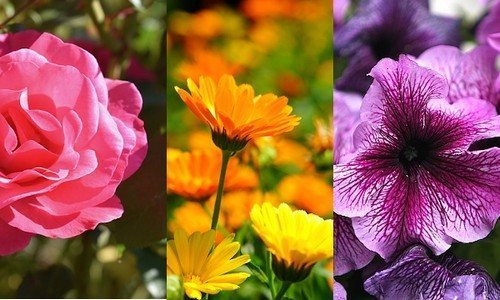
Iberis
The most widespread is the annual Iberis umbellatum. The branches of its spreading bushes up to 30-40 cm are not covered with fluff, like many other varieties.
In order for iberis to bloom from May to September, its seeds are sown directly into the ground in April 2 times with an interval of 2-3 weeks. Also, for a full-fledged decorative appearance, iberis needs:
- moderate application of fertilizers - excess leads to the growth of greenery;
- no transplants - if the taproot is damaged, the plant dies;
- loamy soil, well permeable to air and water;
- systematic removal of faded shoots to form new buds.
Designers advise combining iberis with evergreen plants, for example, with cypress and juniper. Iberis also looks harmonious with large bells, tulips, and drought-resistant ground covers such as sedum, creeping bugleweed, and creeping phlox.
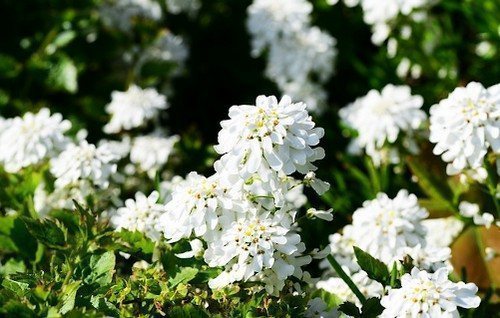
Petunia10 low-growing flowers for the garden that bloom all summer
Skip to content
Wash
- Ironing
- Stains
- Cleaning
Pests

Technique
Storage
Dishes
- Interior
- Garden
- Adviсe
- 10 low-growing flowers for the garden that bloom all summer
Low-growing flowers play a special role in landscape design - they are suitable for creating ridges (flower beds with strict outlines), as well as borders, and can be effectively present in tiered compositions (including on rocky hills) and fill free space under trees. Each season, certain low-growing flowers are especially loved by gardeners because they bloom all summer and are unpretentious.
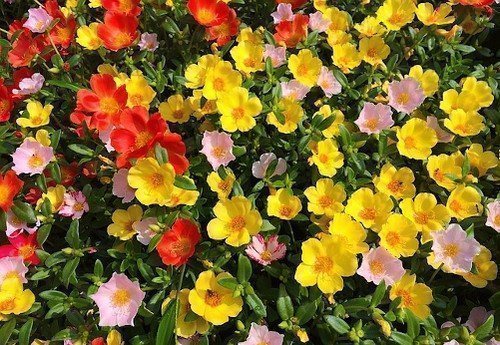
Iberis
The most common plant is the annual Iberis umbellata. The branches of its spreading bushes up to 30–40 cm are not covered with fluff, like many other varieties.
in moderate application of fertilizers - an excess leads to the growth of greenery;
- no transplants - if the taproot is damaged, the plant dies;
- loamy soil, well permeable to air and water;
- systematic removal of flowering shoots to form new buds.
Designers advise combining Iberis with evergreens, such as cypress and juniper. Iberis is also harmonious with large bells, tulips, as well as with drought-resistant ground covers such as sedum, creeping tenacious and creeping phlox.
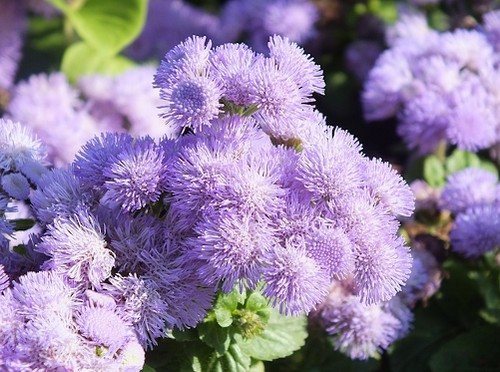
Petunia
Shade is contraindicated for this flower in the area, and it also needs regular weeding, loosening and mulching of the soil for proper breathing of the root system.
In addition, petunias need potassium supplements once every 2 weeks all summer until August.
- Petunia varieties are in great demand among gardeners:
- Flame - red flowers adorn the bush from June to September, the variety is distinguished by its demands on long daylight hours and tolerates drought well;
- Stormy sky - cream-colored inclusions are scattered across the purple velvety petals in dots and strokes;
- Jolly lemon yellow - attracts with its unusual yellow color for petunias and the fact that the compact bushes are densely strewn with flowers. The variety is not afraid of windy and rainy weather.
Exotics are nearby: 10 not quite ordinary plants that you can plant in your garden
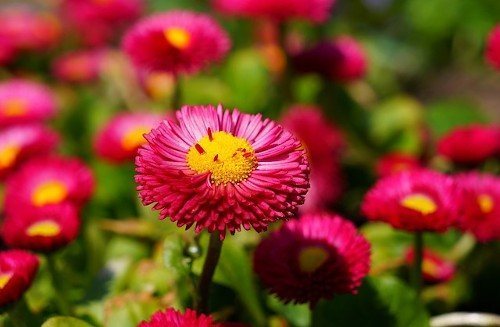
Even for the southern regions, it is recommended to grow petunia through seedlings - by providing the plant with ideal conditions in the early stages of its life, you can easily keep it in the garden in the future.
Purslane
The ideal site for purslane meets the following conditions:
- located on a hill;
- does not have close groundwater;
- the soil is poor, as the abundance of minerals prevents flowering;
The whole day is warmed by the rays of the sun.
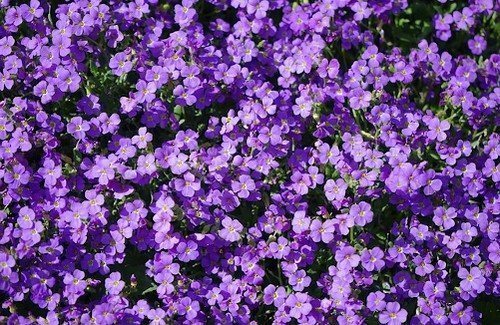
Since purslane forms a dense “carpet” covering the soil near the plants, it does not need loosening or mulching. It also demonstrates high resistance to pests and diseases.You can collect seeds from non-hybrid purslane varieties for sowing; the main thing is to give them time to ripen after pollination (2 weeks, increasing to 4 weeks in autumn and cool summer).
Ageratum
In garden design, ageratum is especially effective when planted densely in small groups or lines that act as color spots against the background of other plants. Ageratum looks elegant and harmonious next to snapdragons, titonias, heliopsis, cleomes and rudbeckias.
- 4 common types of garden violets that will become an indispensable flowerbed decoration
- Among the many varieties of ageratum, it is worth paying attention to the following:
- Blue mink - belongs to the species Ageratum Mexicana, grows 20–25 cm tall, the inflorescences are literally fluffy, sky blue;
- Pink Deer - similar to the Blue Mink, but in accordance with the name, it is different in color;
Blue Ball - does not exceed 18 cm in height, inflorescences are 2 cm in diameter, lilac with a blue tint, form spherical bunches.

Daisies
Graceful daisies can fit into absolutely any style of landscape design. White varieties can serve as a backdrop for colorful arrangements, such as pansies, while pink daisies pair beautifully with ferns. Hyacinths, forget-me-nots and crocuses can also become spectacular neighbors for daisies.
When caring for daisies in the garden, it is important to adhere to the following rules:
- water them in a timely manner, preventing the soil from drying out;
- prevent strong growth of biennials, replacing them with young plants;
- regularly loosen the soil to prevent crust formation;
apply fertilizers that promote the production of color pigments.
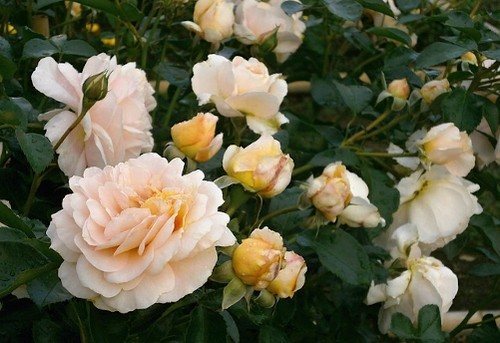
Daisies tolerate frost well, the main thing is to insulate them with breathable coatings that do not allow them to damp out. Spruce spruce branches with a top layer of fallen leaves are suitable.
Aubrieta
One of the fastest and most luxuriantly growing groundcover perennials, aubrieta, normally survives even the harshest winters. But it is demanding on the soil and does not grow on some substrates at all. These are areas with a high peat content, clayey and very acidic.
- Growing poppies on your own site: what types of flowers can be planted in a flower bed
- The following varieties of aubrieta are most famous:
- Campbell - does not exceed 10 cm in height, the color is azure or purple, the flowering period begins in May, lasts 1.5 months and then repeats in the fall until frost;
- Charming Morocco - in comparison with other varieties, slightly fewer flowers bloom on one plant; the color can be pink, red or blue;
It is important to emphasize that aubrieta can grow not only like ordinary flowers - in a horizontal plane, but also descend like a carpet down from the walls, for example, on a rocky one, zoning the garden into areas with separate decorative themes.
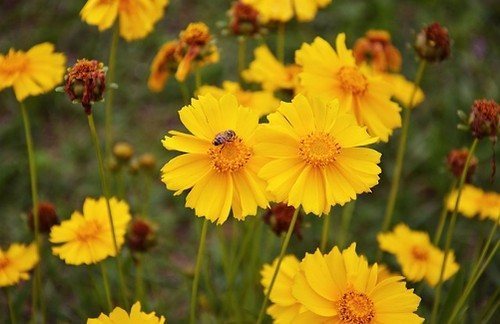
Marigold
Symbolizing the elusive warmth of summer, marigolds can be sown in open ground in May, and when growing seedlings, they begin to grow them in March. Flowers do well in shade and partial shade.For them, frequent watering is recommended before flowering and moderate watering from its beginning until the end of the growing season before frost.
In addition, you must adhere to the following rules for caring for marigolds:
- feed the flowers with mineral solutions twice, when the seedlings grow to 10 cm, and during the budding period;
- treat flowers several times a season prophylactically against caterpillars and spider mites;
- do not mulch the soil during flowers, instead loosening it once again;
Water the flowers on time: drought deprives them of their decorative properties.
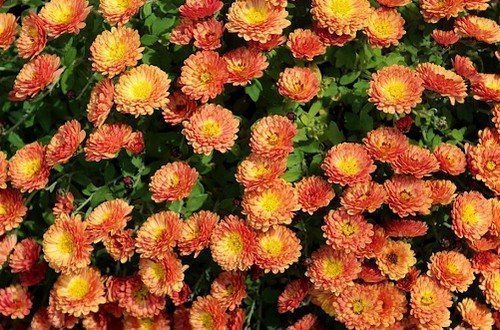
Marigolds of almost all varieties can reproduce excellently by self-sowing, which makes them an excellent choice for creating a picturesque “wild” corner in the garden that requires very little care.


